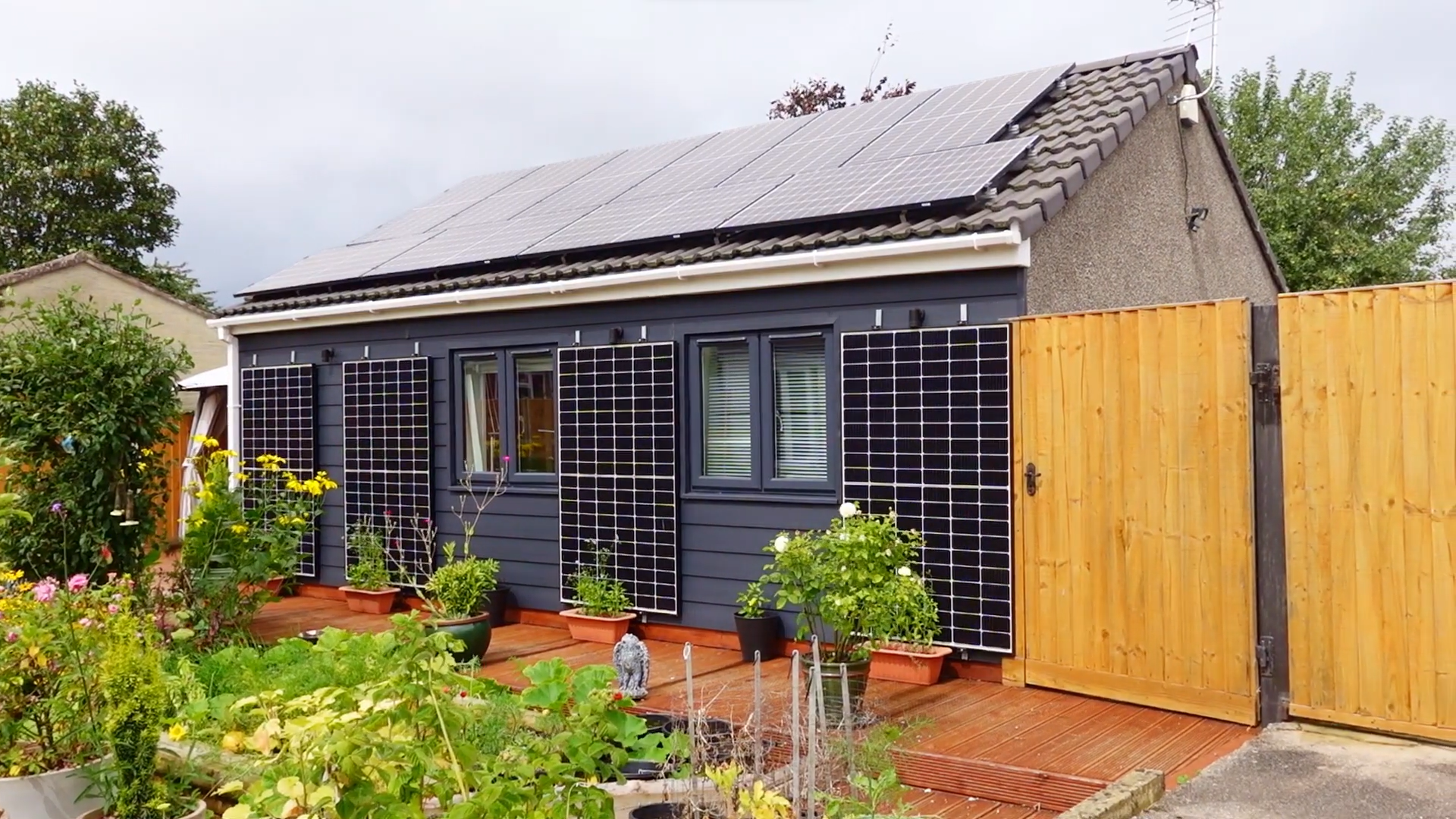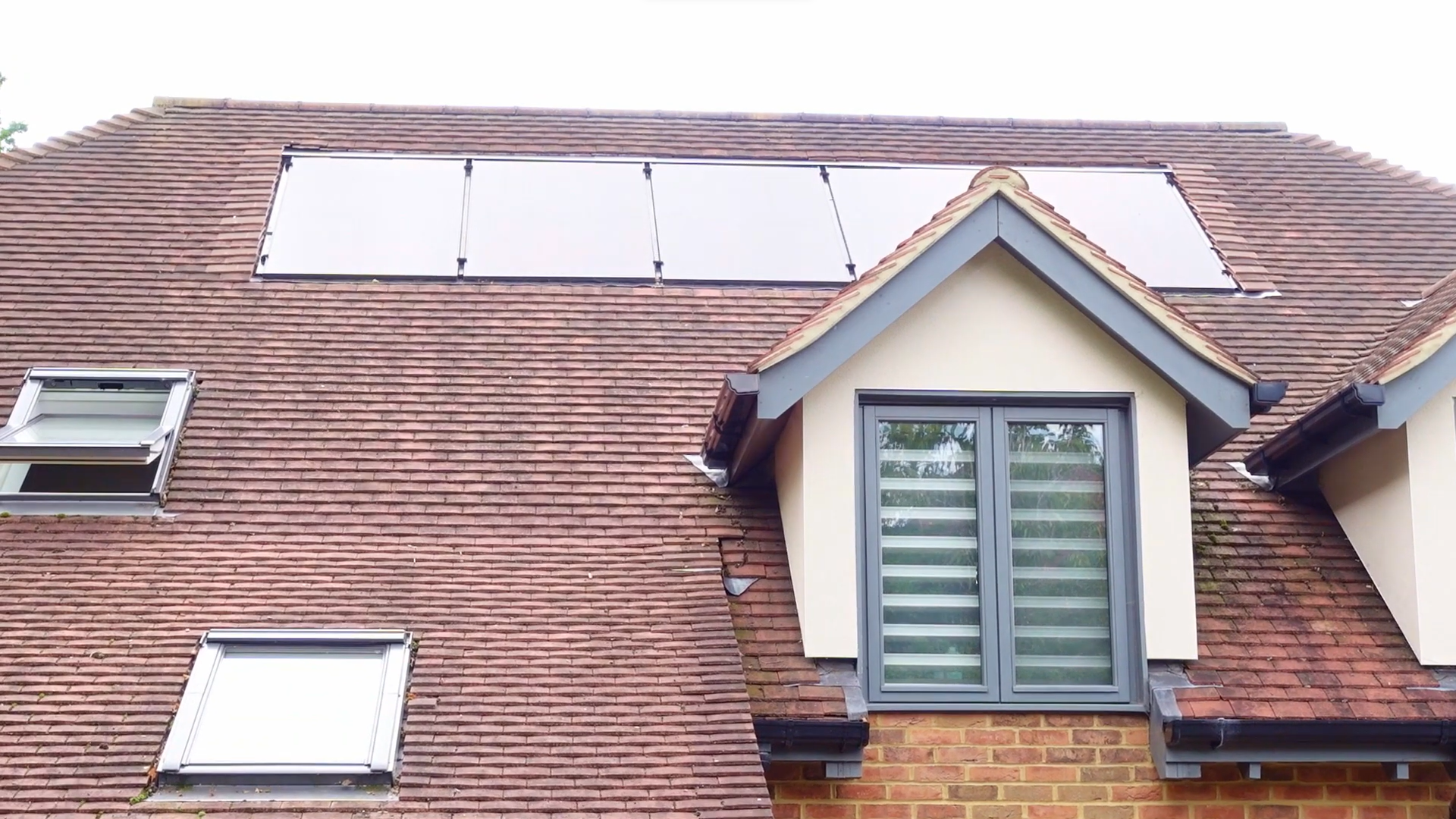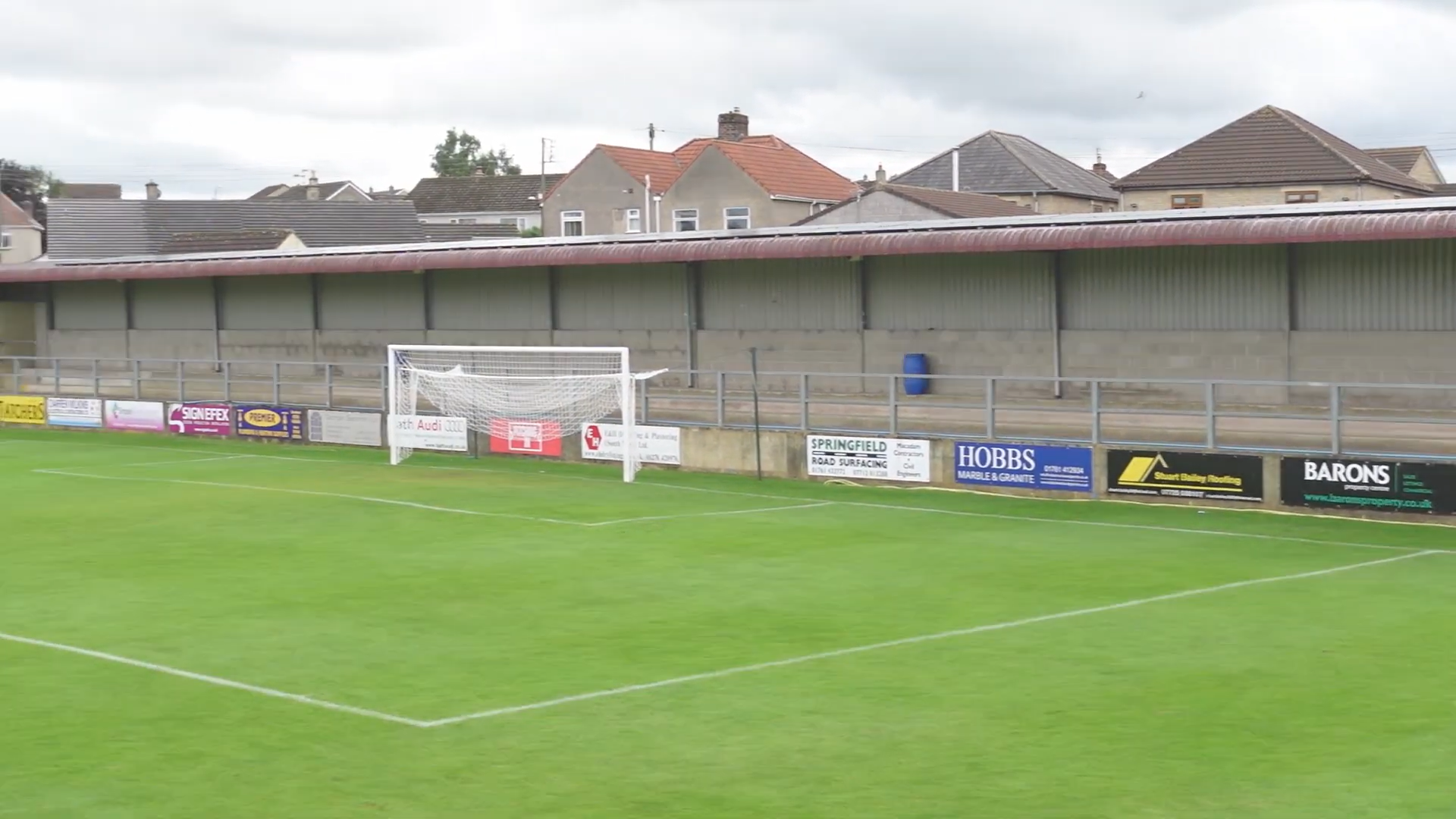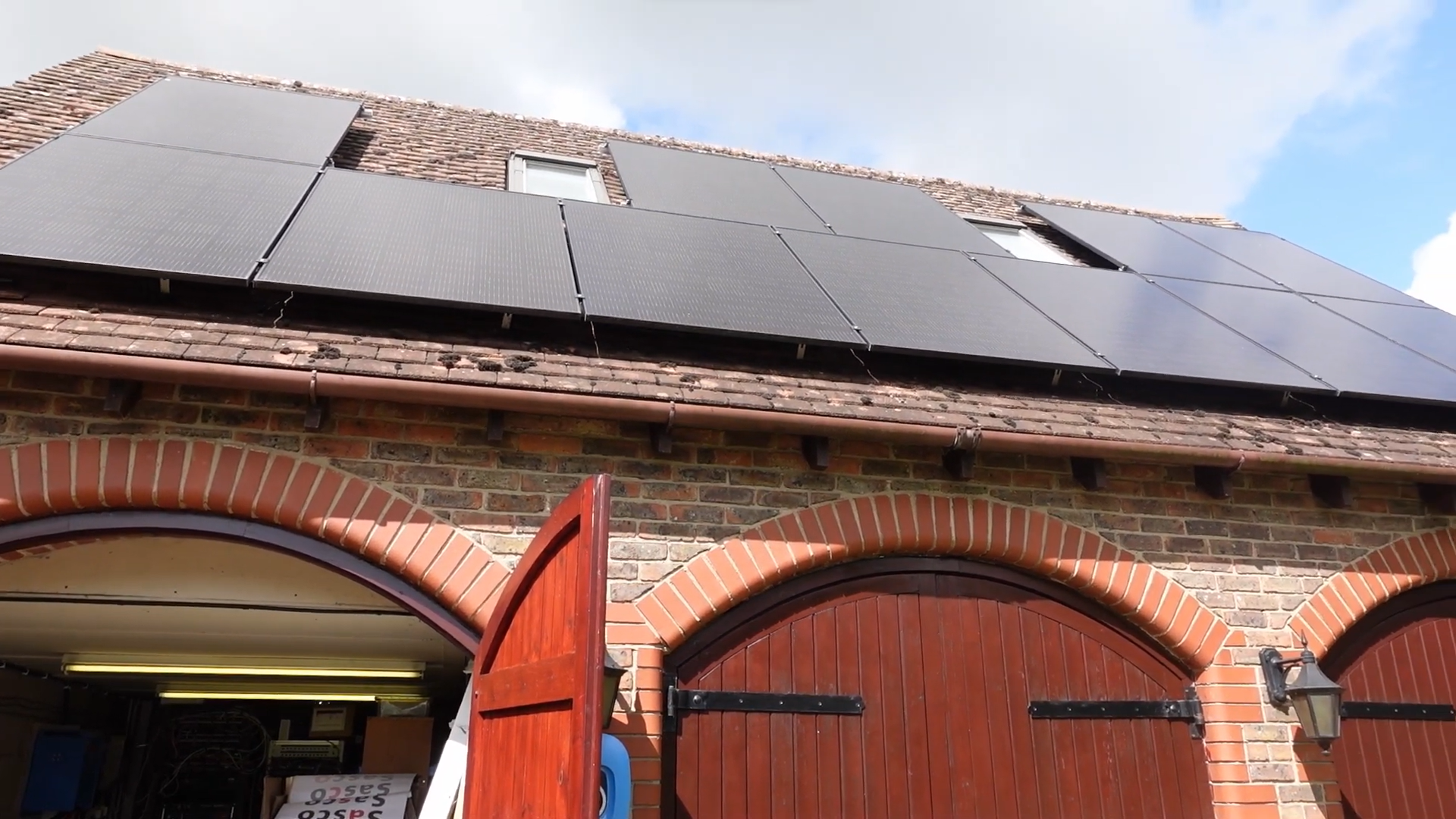FAQs
Making sense of solar projects
At Vision2030, we recognise how important it is to make an informed decision about solar panels and battery storage. Due to the technical nature of the industry, it can be difficult for customers to fully understand the concepts, terms and costs involved with solar. This FAQ section aims to demystify different aspects of solar so you can research and plan an installation without blindspots and with full knowledge that you are making the right decision.
Our recent internal research found there are many ‘pain points’ and ‘dormant frustrations’ that prevent people from greenlighting solar projects, both for homes and businesses. While the cost-savings and environmental benefits are clear, customers can be overwhelmed and confused by the vast amount of information available, especially when gathering multiple quotes. The clear and concise answers to common queries listed below will hopefully help you to make sense of your solar project and finally reap all of the rewards of a high-quality pv system.
Costs and Savings
There is not a one-size-fits-all approach to solar as every system will be different and dependent on a customer’s budget, product preferences, energy usage and roof space. Installing battery storage and EV charging and other accessories also increases the costs.
For a standard 8 panel system, costs usually start from around £5,200. An 8 panel system with battery storage will cost roughly £7,800. Vision2030 offers a three-tier product range to suit a wide range of budgets and preferences. Our entry level ‘Best Buy’ range matches affordable yet high quality panels and battery options while our top of the line ‘Premium’ offering is all Q-Cells. That’s why we recommend contacting us directly for a bespoke quote based on your specific needs.
Our customers typically save up to 80% on their energy bills. While this is a significant figure, it can be hard to relate to a percentage sum so we created a chart to outline how much you could save per annum. As you can see, a homeowner spending almost £2,000 every year and adjusted for inflation thereafter will have spent around £30,000 bills after a decade. With solar installed, the savings amount to £23,000+.
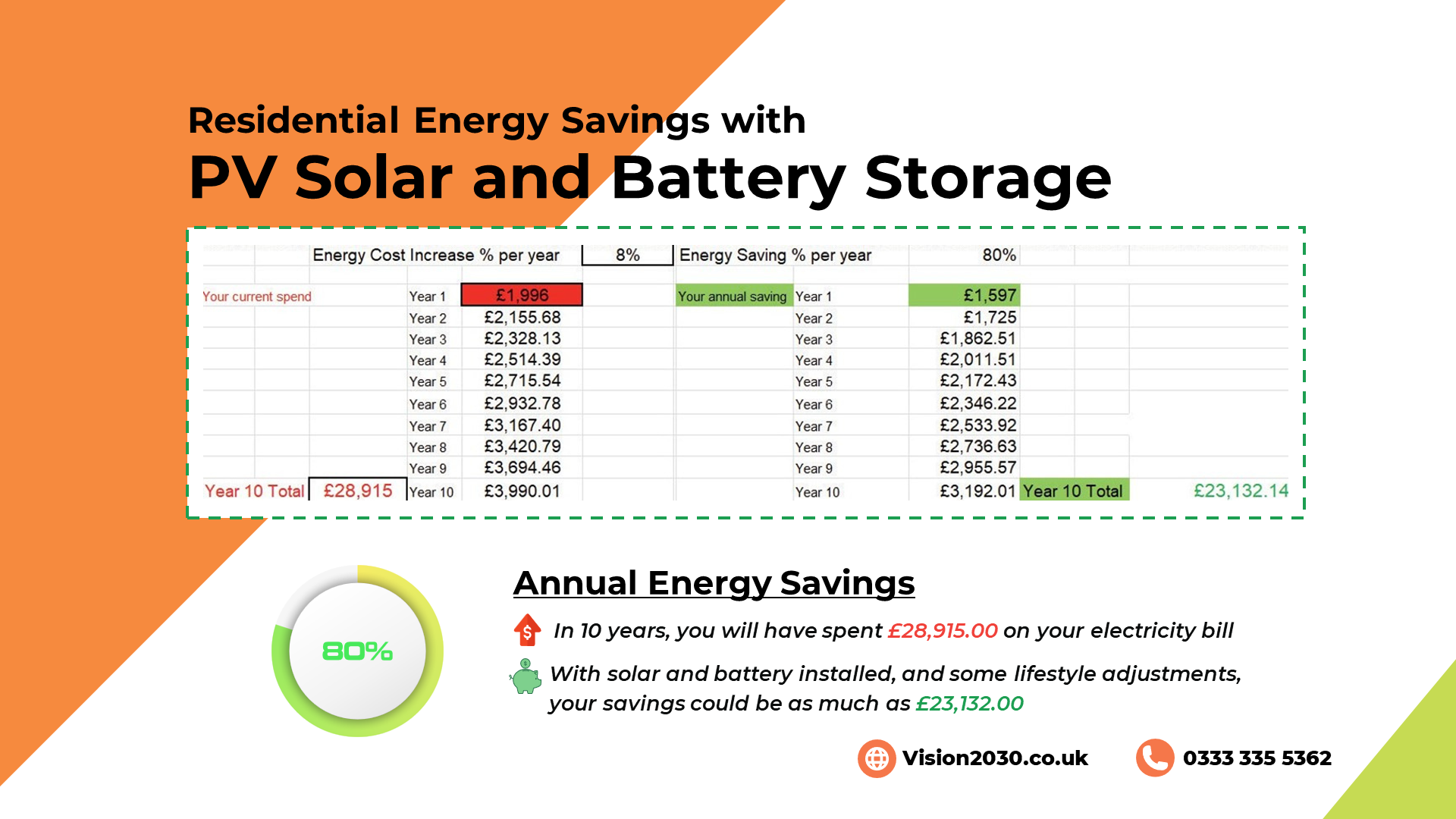
Solar Panels
In most cases, you are allowed to install solar panels in the UK under “permitted development” rights. These rights allow homeowners to make improvements and extensions without having to apply for planning permission. However, there are certain regulations that require permission. For example, if a building is grade listed, is in an area of outstanding natural beauty where panels can be seen from the road, or if you want to mount more than 9 panels on the ground.
Solar PV and solar thermal are two different forms of technology. Solar PV panels are manufactured from silicon crystals that turn sunlight into electricity with the help of an inverter, which converts direct current (DC) into alternating (AC) current so it can be used in your home. Solar thermal absorbs light from radiation and then uses to it to heat water or a room in your home.
Installing solar PV is best if you want to generate electricity to power everything in your home. In contrast, solar thermal is mainly used for domestic hot water. Thermal systems are more expensive, more difficult to maintain and have shorter lifespans. They are also less effective on cloudy days and during winter.
We have spoken to customers who have a preference for solar tiles over solar panels. While tiles can be more aesthetically pleasing on a roof space, there are numerous drawbacks when compared to pv panels. Tiles are more expensive and less efficient ; most systems are double the price of on-roof alternatives and have a typical efficiency rate of just 10% compared to 16% for panels. The installation process is also much more complex as tiles require a completely new roof. This pushes total installation times to 2 weeks or more. Vision2030 usually completes an installation of a solar PV system in just a single day.
Solar panels work year-round. The summer months are the most productive period of the year due to longer days and sunnier weather. However, panels will still generate electricity during the winter and on cloudy days. Clouds do reduce the amount of sunlight available for your panels, but they do not eliminate it. Just as you can get sunburned on a cloudy day, solar panels can absorb and convert diffused sunlight into electricity.
While the production won’t be as high between December and February as on a clear, sunny day in June or July, your solar panels will continue to generate power and contribute to the running of your home or business. This characteristic of solar panels allows renewable energy to be produced in various weather conditions, making solar energy a reliable and robust choice for green energy generation, no matter where you live in the UK.
Cloudy days – Solar panels still work in dreary weather conditions because they operate under UV light, rather than sunlight. But, not always to their full capability. Their efficiency will ultimately depend on the density of the cloud coverage.
Rainy days – Solar panels continue to generate in the rain, just as they do on cloudy days, drawing from UV light. But their performance depends on cloud coverage and heavy rain clouds blocking the sun. Rain acts as a handy cleaning agent, rinsing layers of dirt and debris from your panels.
Frosty days – Solar panels actually work better on frosty days. Their efficiency is improved by the cooling effect of the frost. While longer days of the year are best for power generation.
Snowy days – Snow can decrease generation more than clouds and rain, gathering on the surface and blocking out light. But don’t worry, the snow will melt off the panels soon enough, leaving them free to operate to their full ability.
Batteries – If you’ve opted for battery storage, you’re likely to see a drop in the charge of discharge rates in both extreme cold and extreme hot weather. in cold weather. Battery storage systems work best in warmer weather. Most are rated at 77 degrees and lose about 10 percent of their efficiency for every 15- to 20-degree temperature drop from there. We recommend trying to maintain and protect your batteries from extreme hot and cold temperatures to prolong the battery life. All of our battery systems have a BSM (battery management system) that will protect battery installation in extreme weather conditions.
Shading issues in solar occur when panels are obscured by an object such as a chimney or tree. When panels are shaded, sunlight is unable to reach panels as effectively. This caused problems for homeowners in the past and made investment in solar less viable. However, new technology has minimised the impact of shading issues significantly. With the right layout and the use of Tigo optimisers, it’s possible to overcome shading issues and install solar even in the trickiest of spaces.
A quarter of UK homeowners report power cuts every year. While they are a relatively uncommon occurrence, it is a factor that prospective solar customers want to know about; what happens to solar arrays when there is a power cut?
The simple answer is that most solar systems will also shut off as a safety precaution. The good news is that these systems pose no danger to homeowners. However, they will not generate any electricity during downtime periods. When power is restored, they will restart automatically; you won’t have to flip a switch to turn your solar system back on.
If you want your solar panels to continue working in the event of a power cut, you will have to install an off-grid system or a battery with backup power functionality. Vision2030 recently installed a system that enabled a homeowner to connect to a backup system following a power cut.
Batteries store electricity generated from solar panels for use at a later date. New technologies allow some batteries to disconnect from the grid and continue working during a blackout. This process known as ‘islanding’. However, batteries will need to be setup specifically for this to work. They are also limited by their capacity and maximum power output.
Solar will not affect any security systems you have installed at your home. After a power cut, it is common for there to be sounding alarms and error codes on security control panels. These sounds and issues most commonly emanate from your security system so double check before contacting a solar provider or supplier.
Battery Storage
Should I pair my panels with batteries is a common question we get asked at Vision2030. We usually recommend installing battery storage with solar PV as it generally delivers a better return on investment. You will be able to store excess energy and use it when needed or sell it back to the grid. Batteries also enable you to partake in ‘grid trading’ where you sell the electricity you generate for higher prices during peak hours and buy it back at cheaper rates.
The battery storage conundrum can be answered definitely by analysing three key factors: the size of your solar PV system, your energy usage, and your lifestyle. Homes without battery storage utilise an average of 35 – 60% of what they generate, depending on how much time is spent at home. Adding battery storage raises this figure to 80% or more, dependent on your annual consumption and how energy you use.
If you are retired or work from home and use the energy from your panels as it’s produced during the day, battery storage is not as essential. However, if you arrive home from work and want to use the energy in the evenings, installing batteries makes sense.
If you already have solar panels installed and are interested in adding batteries, take a look at your inverter to find out how much energy is being generated versus consumed. This can provide a definitive answer backed by your own data and use cases. We often install additional batteries for existing customers who want more control over their energy costs and are eager to maximise its potential.
Battery storage is also cheaper in 2024 after the UK government confirmed that it would be VAT-Free from February 1st. This means that adding a first, second, or fifth battery is now 20% cheaper. The savings make batteries even more cost-effective when installing solar PV.
A Battery Storage Management System (BMS) is a critical component of a solar energy storage system that monitors and manages the operation of the battery bank. It plays a pivotal role in ensuring the batteries’ efficiency, safety, and longevity. Essentially, the BMS is the brain behind the battery operation, providing essential safeguards and optimization for the energy storage system.
Key Functions of a BMS include:
Monitoring: The BMS continuously monitors various parameters of the battery bank, such as voltage, current, temperature, and state of charge (SOC), to ensure the system operates within safe and efficient limits.
Protection: It provides crucial safety features to protect the batteries from conditions that could lead to damage or failure, such as overcharging, deep discharging, overheating, or operating outside of the manufacturer’s specified conditions.
Balancing: Battery cells can have slightly different charges levels; the BMS balances the charge across all cells, ensuring each cell within a battery pack is kept at an optimal charge level. This balancing act maximizes the battery bank’s capacity and extends its lifespan.
Communications: Many BMS solutions can communicate with other system components (like inverters) and external devices. This allows for real-time monitoring, performance reporting, and sometimes remote troubleshooting or settings adjustments.
Optimizing Performance and Efficiency: By managing charge/discharge cycles based on demand and available solar energy, the BMS optimizes the system’s overall performance, ensuring that energy is stored when supply is high and used when demand increases.
Data Collection and Reporting: A BMS collects data on battery usage and health over time. This data can be invaluable for understanding your energy usage patterns, planning maintenance, or diagnosing issues.
In solar power systems, where batteries store energy from the sun for later use, a BMS ensures this stored energy is managed correctly to supply electricity safely and efficiently to your home or business. It extends the life of the battery pack by preventing conditions that could cause wear or damage and ensures the solar system operates at optimal efficiency, providing reliability and peace of mind for the system owner.
Without a BMS, battery storage systems could be prone to inefficiencies, potential damage, or even hazardous conditions due to the lack of monitoring and control over the operational parameters. In summary, a Battery Storage Management System is indispensable in modern solar installations with battery storage. It guarantees that the energy captured from the sun is stored, managed, and utilized effectively, securing your investment and maximizing the benefits of solar energy.
The relationship between a Battery Management System (BMS) and battery storage can vary depending on the design and configuration of the solar energy storage system. Generally, there are two scenarios:
Integrated BMS: In many modern solar battery storage solutions, the BMS is built directly into the battery system. Manufacturers design their battery packs with an integrated BMS to ensure optimal performance, safety, and longevity. This integration allows for seamless communication between the battery cells and the management system, providing a compact and efficient setup. For most residential and commercial solar installations, this integrated approach is common, simplifying installation and operation.
Separate BMS: In some cases, especially in larger or more complex solar installations, the BMS may be a separate unit that is externally connected to the battery storage. This setup is more customizable and can offer more flexibility in terms of system design and expansion. It might be chosen for specialized applications or when integrating storage solutions from different manufacturers.
Surveys
Yes, Vision2030 always offers a free on-site survey and no-obligation quote for new customers. Our zero-commitment approach is designed to instil trust and integrity; we won’t charge you for a consultation and then leave you in the lurch. While our surveys are free, our team of professionals often have to travel long distances to provide support and assistance to homeowners so if you cannot make an appointment, please contact us to cancel or rearrange your survey beforehand. We currently send a confirmation email and reminders 24 hours and 2 hours before a survey. You can book an on-site survey for your property right now by heading to our Contact Us page.
The duration of a solar survey typically ranges between 45 minutes to 1 hour. This timeframe allows our qualified surveyors to conduct a comprehensive evaluation of your property, assessing a range of factors including roof space, orientation, potential shading, and other structural considerations. These factors influence the optimal design of your solar panel system. During the survey, we’ll also discuss your energy needs, budget, timescales and general expectations to ensure the proposed system aligns with your objectives. Please note, more complex properties or systems may require additional time to ensure a thorough and accurate assessment.
A solar survey is a detailed evaluation conducted by a qualified surveyor to determine the suitability of your property for solar panel installation. Here’s how the process unfolds:
Visual Inspection: The surveyor begins with a visual inspection of your property, focusing on the roof structure, its orientation, angle, condition, and any shading issues from nearby trees or buildings that could impact solar efficiency.
Site Measurements: Precise measurements of the installation area are taken to calculate the number and size of panels that can be accommodated while ensuring optimal sunlight exposure.
Energy Assessment: The surveyor will review your current energy usage and discuss your energy goals. This includes examining recent utility bills to gauge your average consumption and designing a system that meets these needs.
System Design Proposal: Based on the inspection and energy assessment, the surveyor proposes a preliminary solar system design. This includes the type of solar panels, their layout, and the inverter system, tailored to maximize energy production and savings.
Technical Evaluation: The surveyor assesses electrical systems, including the meter location and the electrical panel, to ensure compatibility with the new solar system and compliance with local regulations.
Consultation: The surveyor will consult with you throughout the survey to understand your specific needs, preferences, and any future plans that might affect energy consumption. This dialogue ensures the proposed system aligns with your long-term energy goals.
Documentation: Detailed notes, photographs, and technical data are collected to aid in the precise design of your solar system. This documentation is vital for preparing an accurate quote and ensuring a smooth installation process.
Q&A Session: Finally, the surveyor addresses any questions or concerns you may have, providing expert advice on how to proceed with your solar project.
This comprehensive approach ensures that the proposed solar solution is perfectly tailored to your property’s unique characteristics and your specific energy needs, paving the way for a successful installation and optimal system performance.
Once the on-site solar survey is completed, several key steps are taken to move your solar project forward:
Detailed System Design: Utilizing the data collected during the survey, our design team will finalize the solar system design. This includes selecting the appropriate solar panels, inverter and battery storage, and creating a layout that maximizes energy production based on your roof’s characteristics and your energy needs.
Proposal and Quote: You will receive a comprehensive proposal that includes the system design, expected performance, and a detailed quote. This document outlines the costs, potential savings, and the return on investment you can anticipate from your solar installation.
Review and Consultation: We can also schedule a follow-up meeting or call to review the proposal with you. This is an opportunity to ask questions, make adjustments, and ensure that every aspect of the project meets your expectations.
Comparing Quotes
Information overload and difficulties understanding technical terms and the full costs involved can cause decision paralysis and prevent customers from making an informed decision about solar. While we want you to choose Vision2030 as your installation partner, it’s important to us that you make the right decision. We are always ready and willing to inform a customer if we believe solar isn’t viable for their property or recommend fewer batteries even if the overall sale price will be lower. We pride ourselves on a consultative approach without an aggressive, hard sell. To compare quotes we recommend that you:
Understand the Components of the Quote: Ensure each quote includes detailed breakdowns of all components required for the installation, such as solar panels, inverters, mounting systems, and any additional technology like battery storage. This allows for a like-for-like comparison.
Evaluate the Cost per Watt: One of the most straightforward ways to compare quotes is by looking at the cost per watt (£/W) of the system. This figure standardizes quotes, allowing you to see which company offers the most cost-effective solution.
Assess the Quality of the Equipment: Not all solar equipment is created equal. Research the brands and models of panels and inverters proposed to ensure you’re getting high-quality, durable products. Reviews and industry ratings can be helpful.
Consider the Company’s Reputation and Experience: Look beyond the numbers and consider the installer’s track record, warranty offerings, and customer service reputation. A slightly higher quote from a more reputable company might offer better value in the long run through more reliable service and stronger warranties.
Understand the Warranty: A comprehensive warranty can be a significant value add. Compare the length and coverage of the product warranties (for panels and inverters) and the workmanship warranty offered by the installer.
Look at the Financing Options: If you’re not paying cash, compare the financing options each company offers. Terms, interest rates, and any hidden fees can affect the long-term cost of your solar system.
Review the System’s Performance: Estimates of energy production and savings over time can vary between quotes. Understand the assumptions behind each company’s projections, such as the expected efficiency of the panels and the average sunlight your location receives.
Ask About Aftercare and Maintenance: Understand what each company offers in terms of post-installation support, maintenance, and monitoring services. Good aftercare can significantly enhance your solar investment’s value and performance.
Request References or Case Studies: Ask for references or case studies of past installations, especially if the projects were similar in scope to yours. This can provide insight into the company’s ability to deliver on its promises.
Technical Support and Communication: The quality of customer service and technical support can impact your experience. Consider how responsive and helpful each company is during the quoting process as an indicator of future support.
Installation
Permitting and Paperwork: Once you approve the proposal, our team handles all necessary permits and paperwork required by local authorities and utility companies. This process varies depending on your location but is crucial for legal and safety compliance.
Installation Scheduling: We’ll work with you to schedule the installation at a convenient time. Our team will provide all the details you need to know about the installation process, what to expect on the day, and any preparations you might need to make.
Installation: Our certified installers will carry out the installation of your solar panel system. We ensure a smooth, efficient process and maintain open communication throughout, keeping you informed of progress.
System Activation and Testing: After installation, the system will be thoroughly tested to ensure it operates correctly. We’ll guide you through the initial activation and show you how to monitor your system’s performance.
Aftercare Support: After your system is up and running, we’ll provide you with all the information you need on how to maintain and monitor it. We also outline the warranties and support services included with your installation.
Continuous Monitoring and Follow-Up: Many providers, including Vision2030, offer continuous monitoring services to ensure your system performs optimally over time. We’re always available for any questions or support you might need post-installation.
The day your solar panels are installed is exciting, marking the beginning of your journey towards energy independence. Here’s a general overview of what you can expect:
Arrival of the Installation Team: The solar installation crew typically arrives in the morning. The team leader or project manager might introduce themselves and the team, going over the day’s plan with you.
Site Preparation: The crew begins by preparing the installation site. For rooftop installations, this involves ensuring the roof is clean, clear, and structurally sound. For ground-mounted systems, the area where the panels will be installed is prepared.
Safety Measures: Installers will set up safety equipment to prevent falls or accidents, especially for rooftop installations. This might include securing the area around the house to protect family members and pets.
Mounting the Solar Panels: The team installs mounting hardware first, ensuring it’s properly aligned and secured. Solar panels are then attached to the mounting structure. The exact method depends on your roof type and the mounting system being used.
Wiring: Electrical wiring is run from the solar panels to the inverter, which may be located either near the panels, on the side of the house, or inside the garage. Proper wiring is crucial for the system’s safety and efficiency.
Inverter Installation: The inverter, which converts the direct current (DC) generated by the panels into alternating current (AC) used by your home, is installed and connected to your home’s electrical system.
System Connection: Once everything is installed and wired, the system is connected to your home’s electrical panel. This integration allows the solar energy to power your home and, depending on your system, to feed back into the electrical grid.
Testing and Commissioning: The installation team tests the system to ensure everything is working correctly. This includes verifying that all electrical connections are secure and that the panels are properly charging.
Clean-Up: After installation, the crew cleans up the work area, removing any debris or materials.
A generation meter is appropriately named; it measures the amount of electricity your solar PV system generates. A PV generation meter will be installed as part of your solar system. It is usually placed in a position that is easily accessible so you can take readings without additional equipment such as tools or ladders. A PV generation meter is separate from your electricity meter.
Post-Installation
The SEG allows you to earn money for exporting renewable electricity you have generated and sent back to the National Grid. The amount you are paid depends on the SEG tariff you sign up for with an energy supplier. Each supplier offers different tariffs. Electricity suppliers with 150,000+ customers must offer at least one SEG tariff. This helps you to drive a better return on investment (ROI) from installing solar panels.
However, you will not be automatically enrolled into an SEG scheme after an installation. You must shop around and sign up for a tariff that best suits your needs. There are also specific eligibility requirements for the SEG scheme. This can change depending on the electricity supplier and tariff, but the general criteria are:
- Capacity: The renewable energy system must have a capacity of up to 5MW.
- Certification: The renewable energy system must be installed by a certified installer who is registered with a recognised accreditation scheme, such as the Microgeneration Certification Scheme (MCS).
- Connection: The renewable energy system must be connected to the grid.
- Metering: The renewable energy system must be fitted with a smart meter that is capable of recording the amount of energy generated and exported back to the grid.
Interesting Installations
We recently went on-site to visit four of our happy customers who were eager to share details about their unique projects and why they chose Vision2030 as their solar and battery storage partner. Each of the videos below is a window to a range of compelling solar systems and install techniques. There is a UK first; an on-off grid system that enables one lucky homeowner to disconnect from the grid for hours and still access power thanks to some excellent work by our surveyors and project management team. We also hear from the Commercial Manager of a semi-pro football club and a remote worker with a garden office space; all powered by solar.
Vision2030's Interesting Installations
Still have questions?
At Vision2030, our dedicated support team stands at the ready, eager to provide you with the answers and clarity you seek. We understand that every question is a step closer to making an informed decision about solar energy, and we are here to guide you through every stage of that journey.
To get in touch, simply complete the form provided below with your details and your query. Our commitment is to ensure a prompt and comprehensive response, tailored to meet your specific needs and concerns. Let us assist you in navigating your solar options, providing the support and information necessary to move forward with confidence.
Solar panel queries answered
Every question is valuable, no matter how small. We are eager to inform and educate prospective customers about solar and battery storage. Contact us using the form below with any query you need answered. You can also use the form to book a free survey with your local surveyor, or request a desktop quote.
